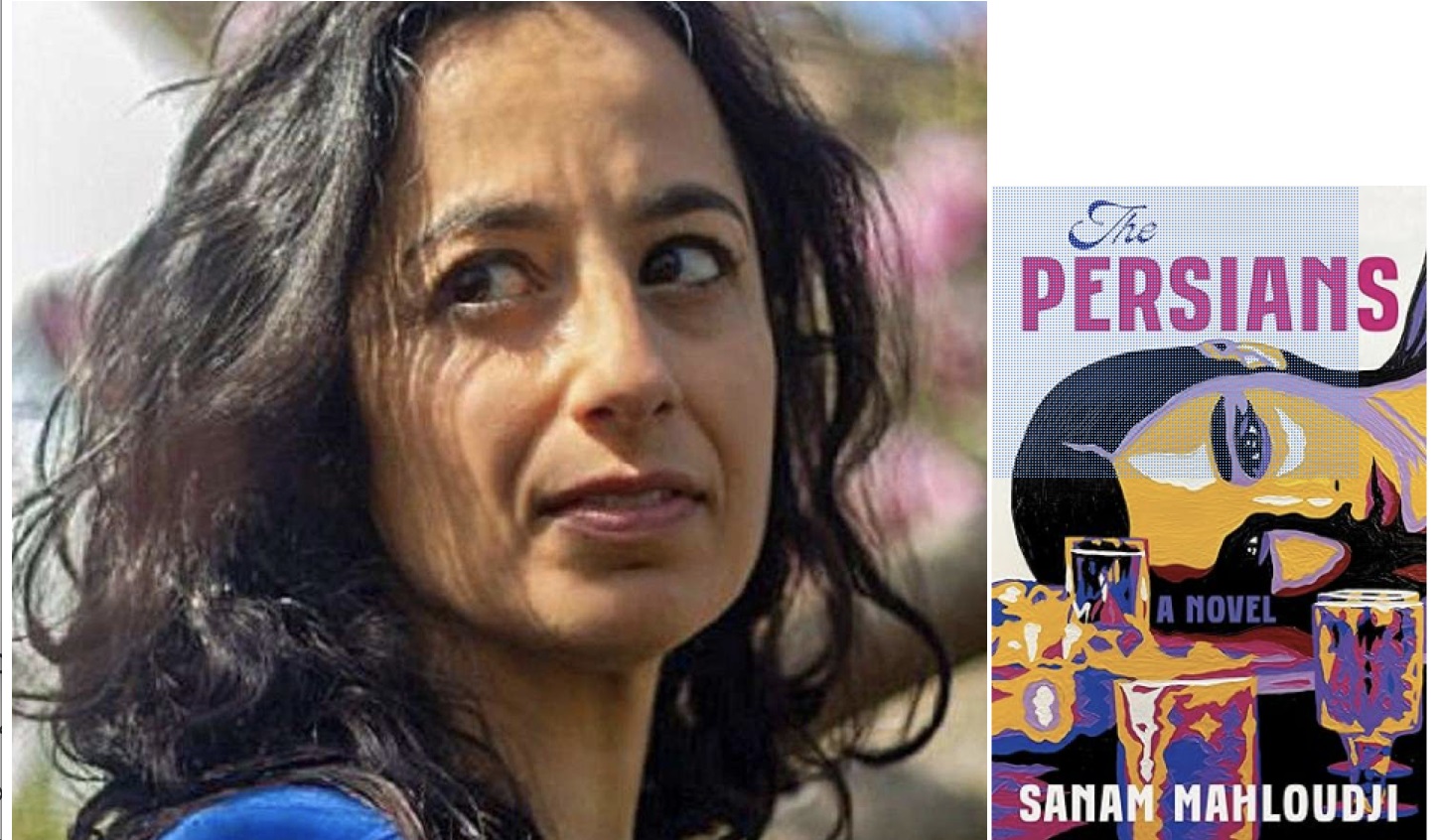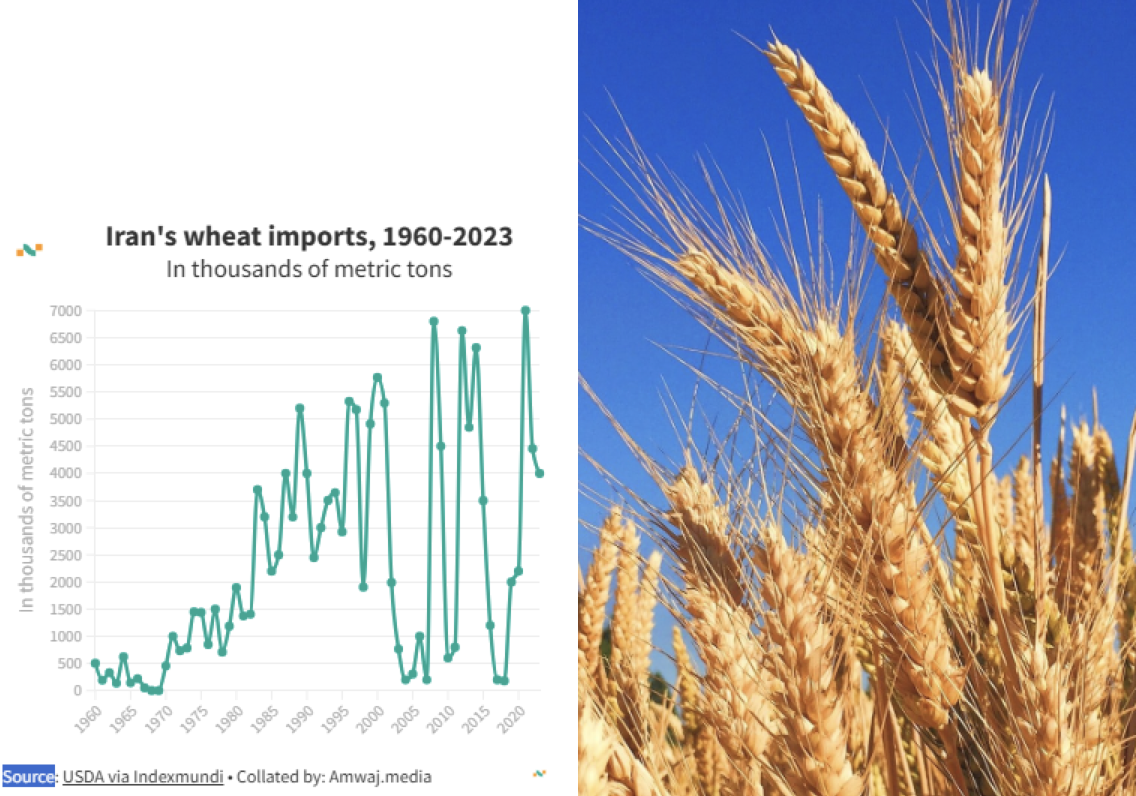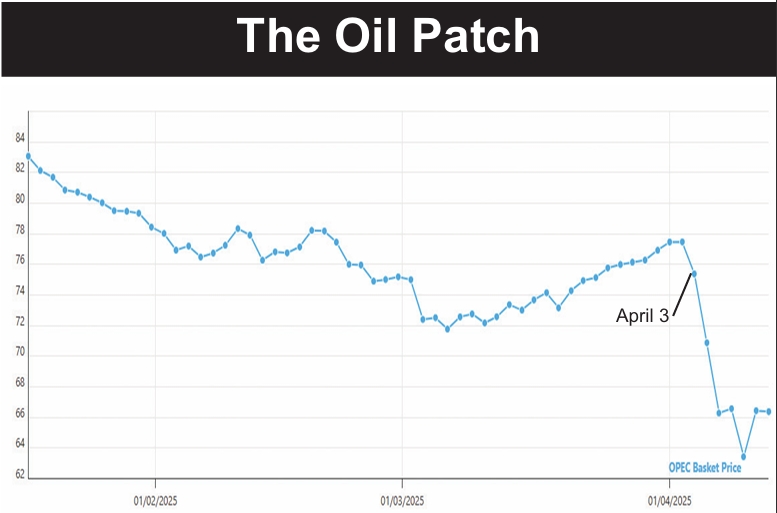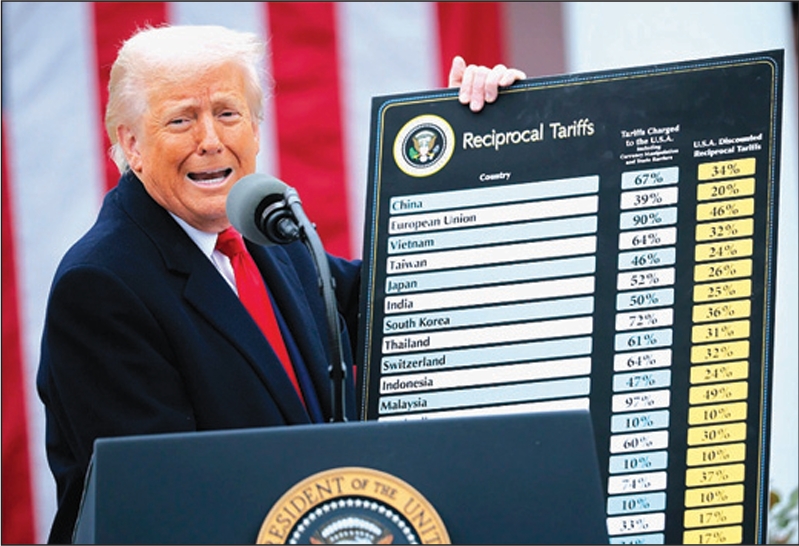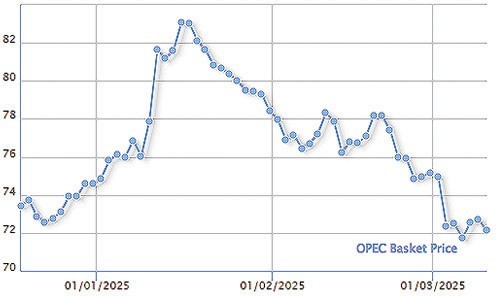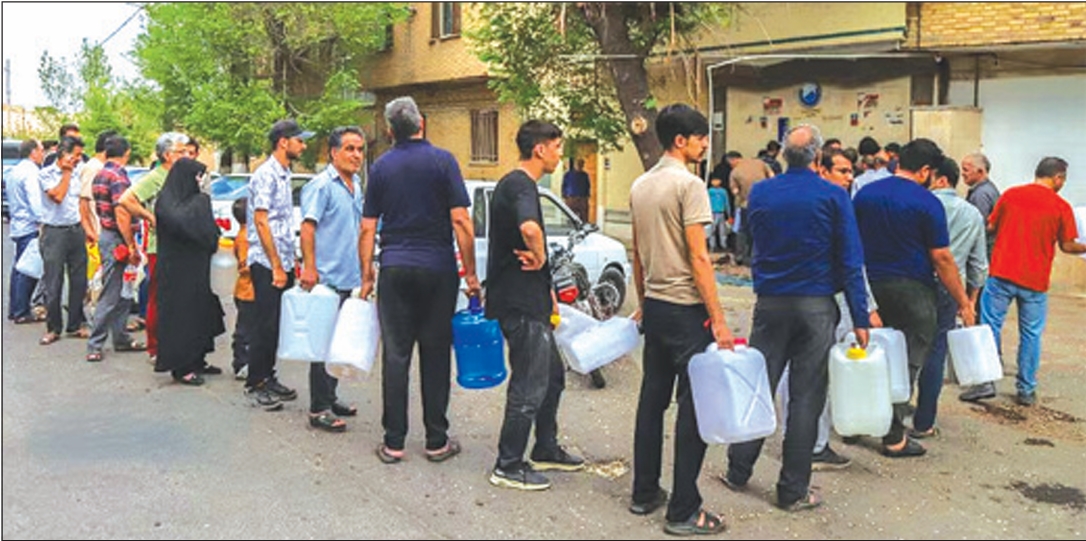Iran’s water crisis provoked a riot outside Esfahan where angry farmers broke open the pipe that diverts water from the Zayandeh River to water-short Yazd.
While the farmers celebrated as the water spread across the desert sands, Yazdis had to line up behind water trucks and fill up jugs with drinking water.
Meanwhile, in Tehran the available water behind the five dams that supply the capital continues to dwindle, but has not reached the stage of needing water trucks. However, the city’s water authority has started shutting off the water for 12-hour periods to homes it said were consuming water at a wasteful rate. It said about 5 percent of the residences attached to the water system were rated as wasteful users, those consuming more than 24 cubic meters (256 cubic feet) a month.

The Energy Ministry said four of Iran’s 31 provinces were now facing serious problems with an inadequate water supply. They are Tehran, Yazd, Esfahan and Khorasan Rezavi.
It was during the presidency of Mohammad Khatami (1997- 2005) that the government built a pipeline from the Zayandeh River near Esfahan southeast to parched Yazd. That solved the water problem in Yazd but it created one in Esfahan. Farmers immediately began complaining about inadequate water for their crops. And, most dramatically, water stopped flowing through Esfahan, leaving the riverbed of the Zayandeh for use as a soccer field for several months each year.
The angry farmers first attacked the water diversion system in 2012 and have periodically hit it ever since.
On March 29, while most of Iran was marking the long Now Ruz holiday, the angry farmers set fire to two pumping stations that pull water from the river and send it into the pipeline that carries the water 270 kilometers (170 miles) to Yazd. Then they smashed a hole in the pipeline and let what water was in it drain over the desert flatland. Police used a lot of tear gas to disperse the protesters.
The water supply has since been restored to Yazd. Until that, local authorities had 13 tanker trucks plying the streets so that residents could line up to fill jugs and buckets with drinking water. The city appealed to other jurisdictions to provide additional tankers.
“Esfahan farmers grow crops that require excessive water, while in Yazd, we don’t even have drinking water,” says Samira, a Yazd resident whose family went days without running water. She added, “We have to stand in line with containers for a drop of water so they can grow their water-intensive crops.”
It’s a different perspective in Esfahan. “Our lands have become barren, and we have no other profession,” said Mahmud, an Esfahan farmer who has participated in protests. He added, “For a farmer with land, water is everything. When our lands are parched and livestock die from lack of fodder, what else can we do?”
The conflict isn’t limited to agriculture.
Hussein, who works at Yazd’s Ghadir Iron and Steel Industrial Company, points to a broader issue of resource distribution. “Many people have shut down due to water shortages. Even Yazd’s swimming pools are closed,” he says.
He adds, “If the Zayandeh River is only for Esfahan residents, then Yazd’s iron ore should only be for Yazd residents, and oil should only be for Khuzestan residents.”
In Tehran, the water authority spokesman, Issa Bozorgzadeh, said, “Subscribers need to cooperate more,” a clear indication that weeks of warning of the dwindling supply and pleas for conservation have largely been ignored.
In past years, the water authority has sometimes shut the supply to over-users for two to four hours a day as a warning. The decision to go to 12-hour cutoffs this year suggests the seriousness of the limited supplies available in the five reservoirs. Those five reservoirs supply 70 percent of the capital’s drinking water with the rest coming from wells, which must be dug ever deeper to reach ground water.
An additional problem faces residents of Tehran’s high rises. Water pressure has fallen so precipitously that in many buildings only the lower floors get water when apartment dwellers open the taps.
As of April 26, four of the five reservoirs serving Tehran averaged 6 percent of capacity. The fifth reservoir, Taleghan, remains at 50 percent of capacity.
Ever since the 1979 revolution, the regime has emphasized the growth of agriculture, fearing that the rest of the world might refuse to sell food to Iran. The result is that more than 90 percent of the country’s limited water resources go to agriculture. With Iran’s population more than doubled since the revolution, more water is required by residences. And with years of low rainfall, less water comes from the sky, so people dig more wells and draw out vast quantities of ground water, which leads to land subsidence.
The water challenge thus only gets worse. A former agriculture minister has warned that Iran may become unlivable in a matter of decades.







